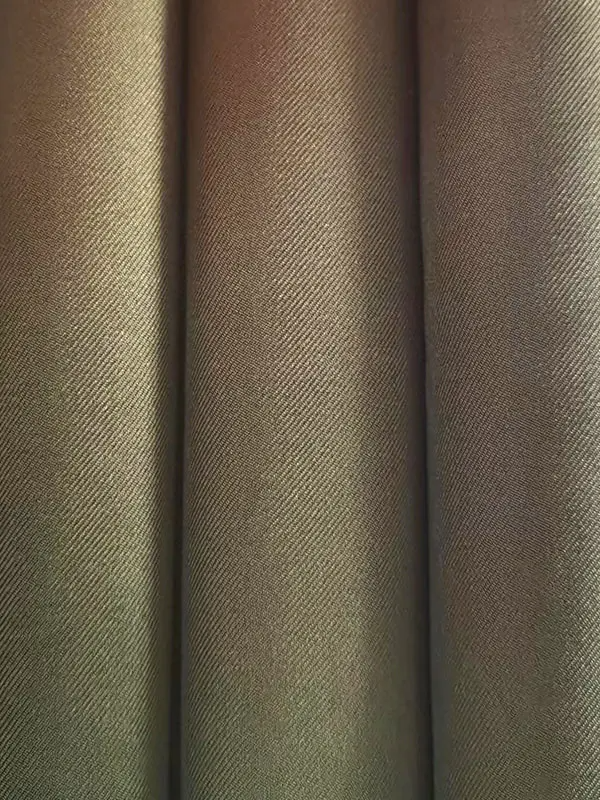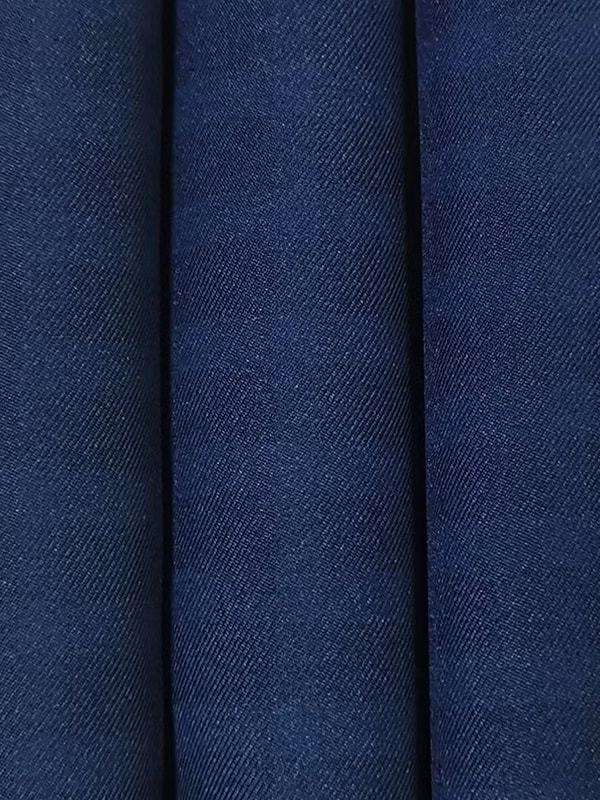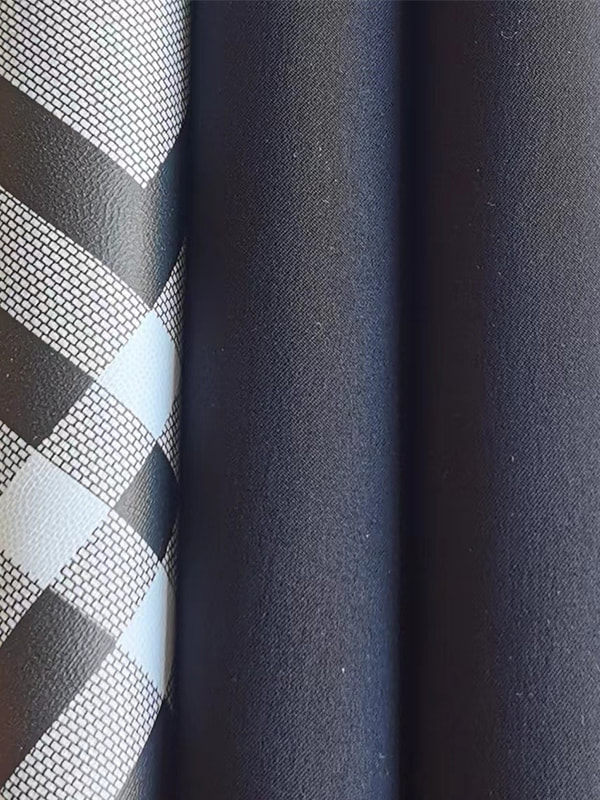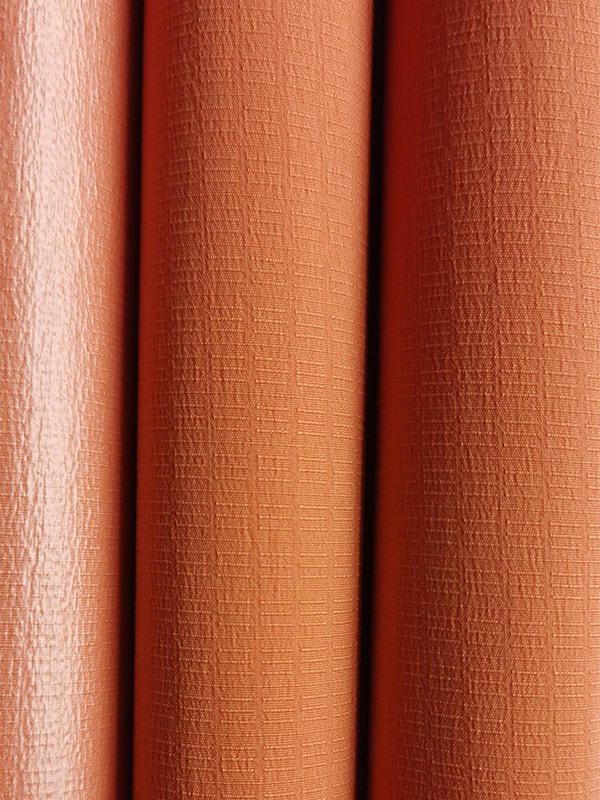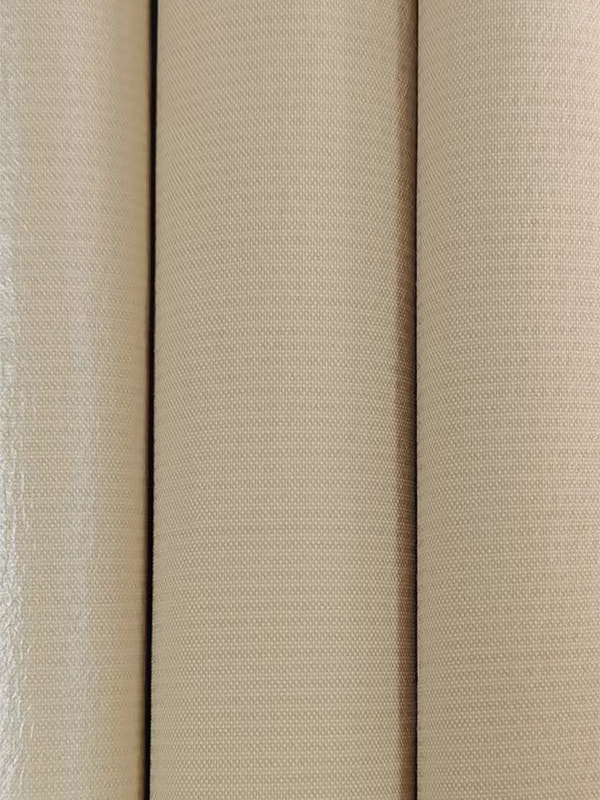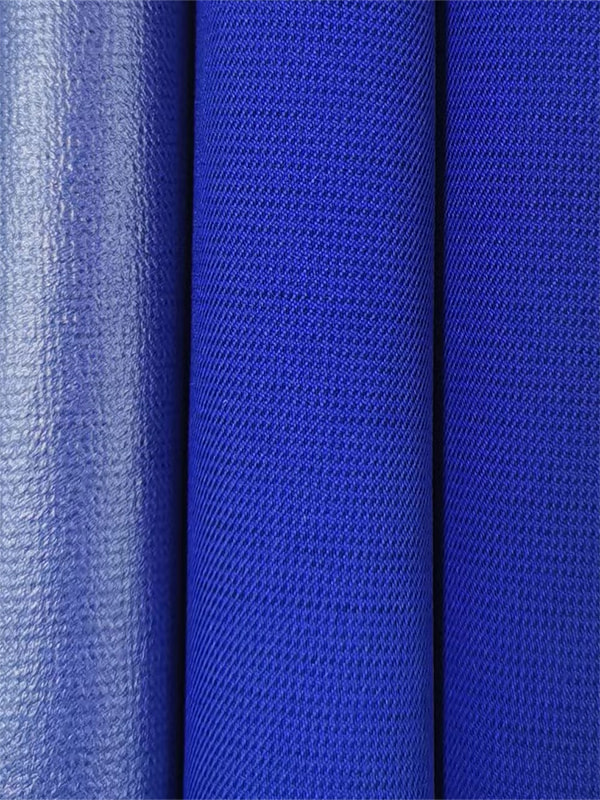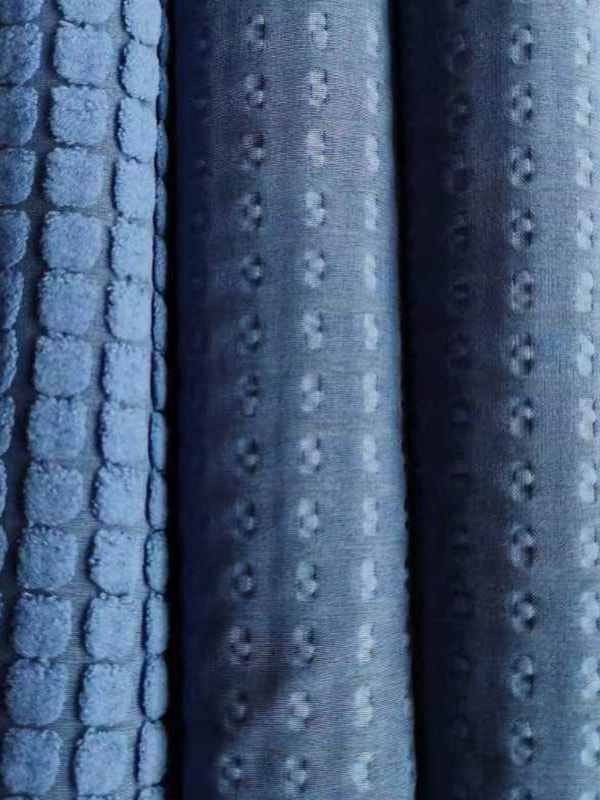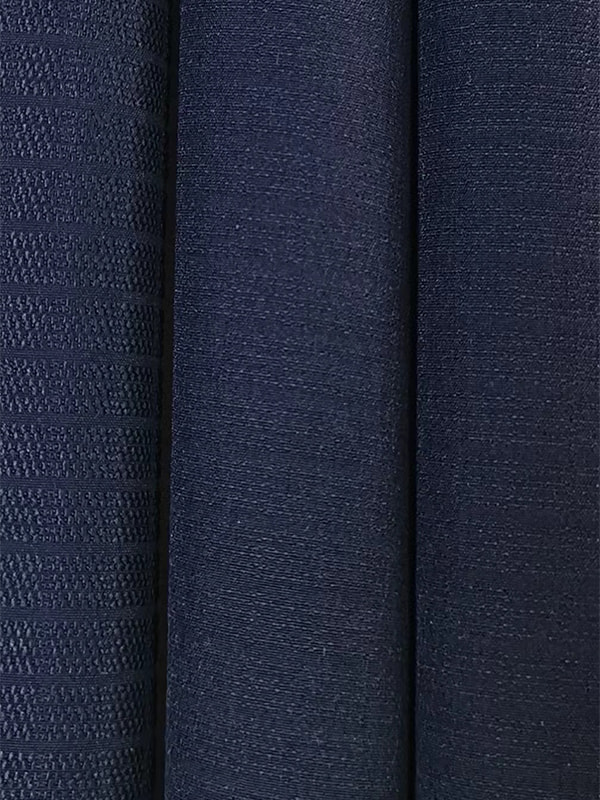The Ultimate Guide to Mechanical Stretch Fabric: Properties, Uses, and Benefits
2025-08-19
What Makes Mechanical Stretch Fabric Unique in Textile Industry
Mechanical stretch fabric represents a significant advancement in textile technology, offering unique properties that distinguish it from traditional elastic materials. Unlike chemically-treated stretch fabrics that rely on synthetic fibers like spandex or elastane for elasticity, mechanical stretch fabrics achieve their flexibility through specialized weaving or knitting techniques.
The Science Behind Mechanical Stretch Technology
The fundamental principle of mechanical stretch lies in its construction method rather than fiber composition. Textile engineers create these fabrics using specific patterns that allow the material to expand and contract while maintaining its structural integrity. This approach offers several advantages over chemical stretch alternatives:
- Better breathability due to natural fiber composition
- Increased durability as the stretch isn't dependent on synthetic fibers that degrade over time
- More consistent recovery properties throughout the fabric's lifespan
- Easier care and maintenance compared to elastane-blended fabrics
Comparing Mechanical vs. Chemical Stretch Fabrics
When evaluating mechanical stretch fabric advantages over spandex blends, several key differences become apparent:
| Property | Mechanical Stretch | Chemical Stretch |
|---|---|---|
| Stretch Mechanism | Fabric construction | Fiber composition |
| Breathability | Higher | Lower |
| Durability | Longer-lasting | Degrades with washing |
| Heat Sensitivity | Minimal | High |
Best Applications for High-Performance Mechanical Stretch Materials
The versatility of mechanical stretch fabrics makes them suitable for numerous applications across various industries. Their unique combination of comfort, durability, and flexibility has led to widespread adoption in both technical and everyday uses.
Activewear and Athletic Applications
In the realm of sportswear, mechanical stretch fabrics provide athletes with unparalleled freedom of movement without sacrificing support. The fabric's ability to maintain its shape while stretching makes it ideal for:
- Compression garments that require consistent pressure distribution
- Yoga pants needing four-way stretch capabilities
- Running shorts that demand both flexibility and moisture-wicking properties
Medical and Therapeutic Uses
The healthcare industry has embraced mechanical stretch fabrics for various therapeutic applications. Their consistent compression properties and breathability make them perfect for:
- Graduated compression stockings for circulatory issues
- Post-surgical garments requiring precise pressure application
- Orthopedic supports needing adjustable tension
How to Choose Durable Mechanical Stretch Fabric for Workwear
Selecting the right mechanical stretch fabric for occupational clothing requires careful consideration of several factors. Workwear demands durability, comfort, and functionality, all of which mechanical stretch fabrics can provide when chosen correctly.
Key Selection Criteria for Industrial Applications
When evaluating fabrics for workwear, consider these essential characteristics:
- Abrasion resistance for long-term durability
- Tear strength to withstand rigorous use
- Recovery percentage after stretching
- Breathability for comfort during extended wear
Industry-Specific Recommendations
Different professions have varying requirements for their workwear fabrics:
| Industry | Fabric Weight | Stretch Percentage | Special Features |
|---|---|---|---|
| Construction | Medium-Heavy | 20-30% | Reinforced knees, high abrasion resistance |
| Healthcare | Light-Medium | 30-40% | Antimicrobial treatment, fluid resistance |
| Manufacturing | Medium | 25-35% | Heat resistance, static control |
Caring for Your Wash-Resistant Mechanical Stretch Clothing
Proper maintenance is crucial for preserving the properties and extending the lifespan of mechanical stretch fabrics. While these materials are generally more wash-resistant than their chemical stretch counterparts, they still require specific care techniques.
Optimal Washing Practices
To maintain the integrity of mechanical stretch fabrics, follow these washing guidelines:
- Use mild detergents without bleach or fabric softeners
- Wash in cool or lukewarm water (below 30°C/86°F)
- Select gentle wash cycles to minimize stress on the fabric structure
- Turn garments inside out to protect the outer surface
Drying and Ironing Recommendations
Proper drying techniques are equally important for preserving stretch properties:
- Air drying is preferred to maintain fabric elasticity
- If using a dryer, select low heat settings
- Remove garments promptly to prevent wrinkles
- Use steam rather than direct heat when ironing
Future Trends in Eco-Friendly Mechanical Stretch Textiles
The textile industry is witnessing exciting developments in sustainable mechanical stretch fabrics. As environmental concerns grow, manufacturers are innovating to reduce the ecological impact of stretch materials while maintaining performance.
Sustainable Production Methods
Emerging eco-friendly approaches to mechanical stretch fabric production include:
- Waterless dyeing technologies to reduce water consumption
- Closed-loop production systems that minimize waste
- Organic cotton blends for natural stretch properties
- Recycled material integration without compromising elasticity
Biodegradable Stretch Fabric Innovations
Researchers are developing fully biodegradable mechanical stretch fabrics using:
| Material | Stretch Mechanism | Decomposition Time |
|---|---|---|
| Plant-based polymers | Specialized knitting | 3-6 months |
| Modified cellulose fibers | Structural crimping | 6-12 months |
| Algae-derived yarns | Helical weaving | 2-4 months |
Contact Us for More Details
Don't hesitate to contact when you need us!

 English
English 中文简体
中文简体